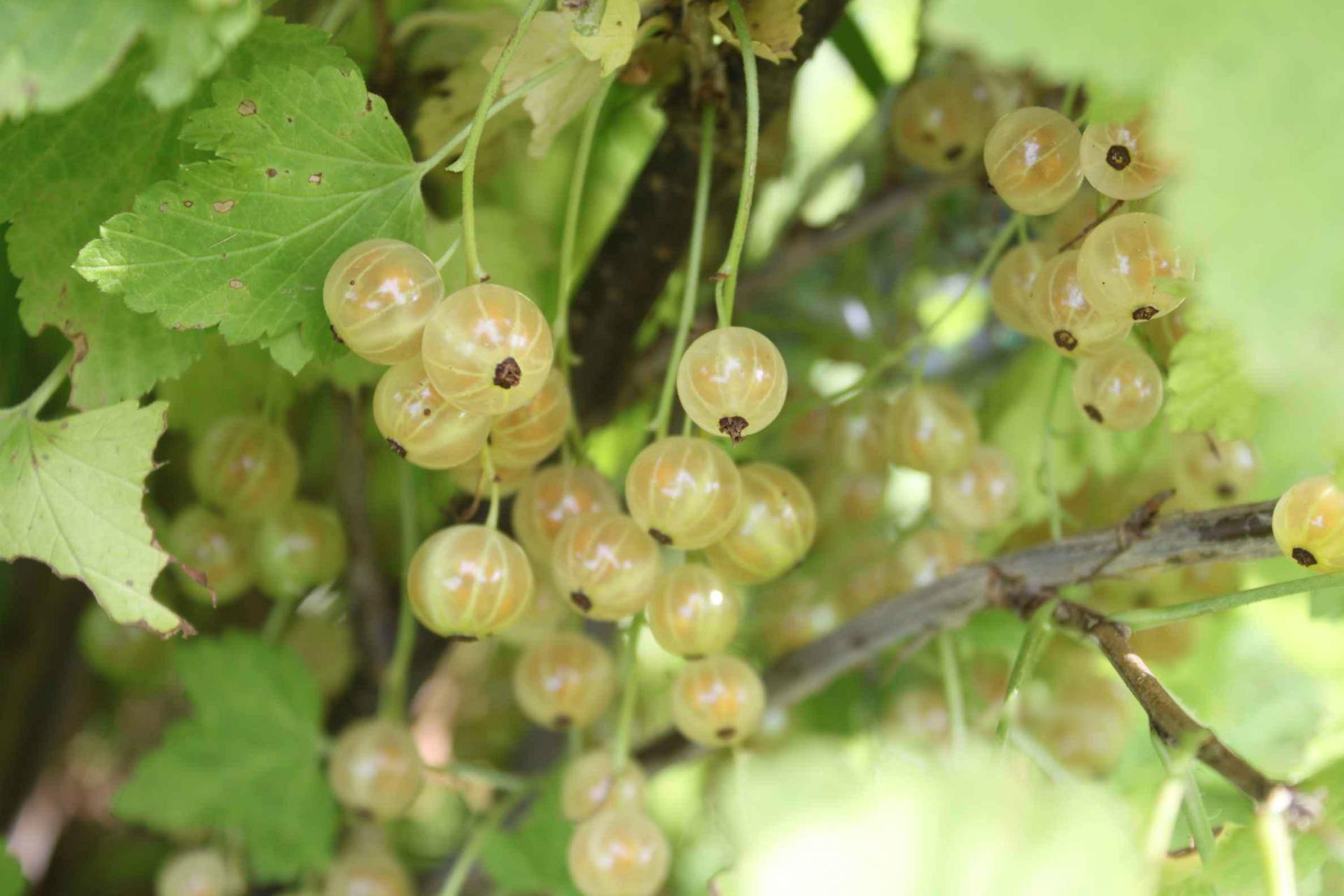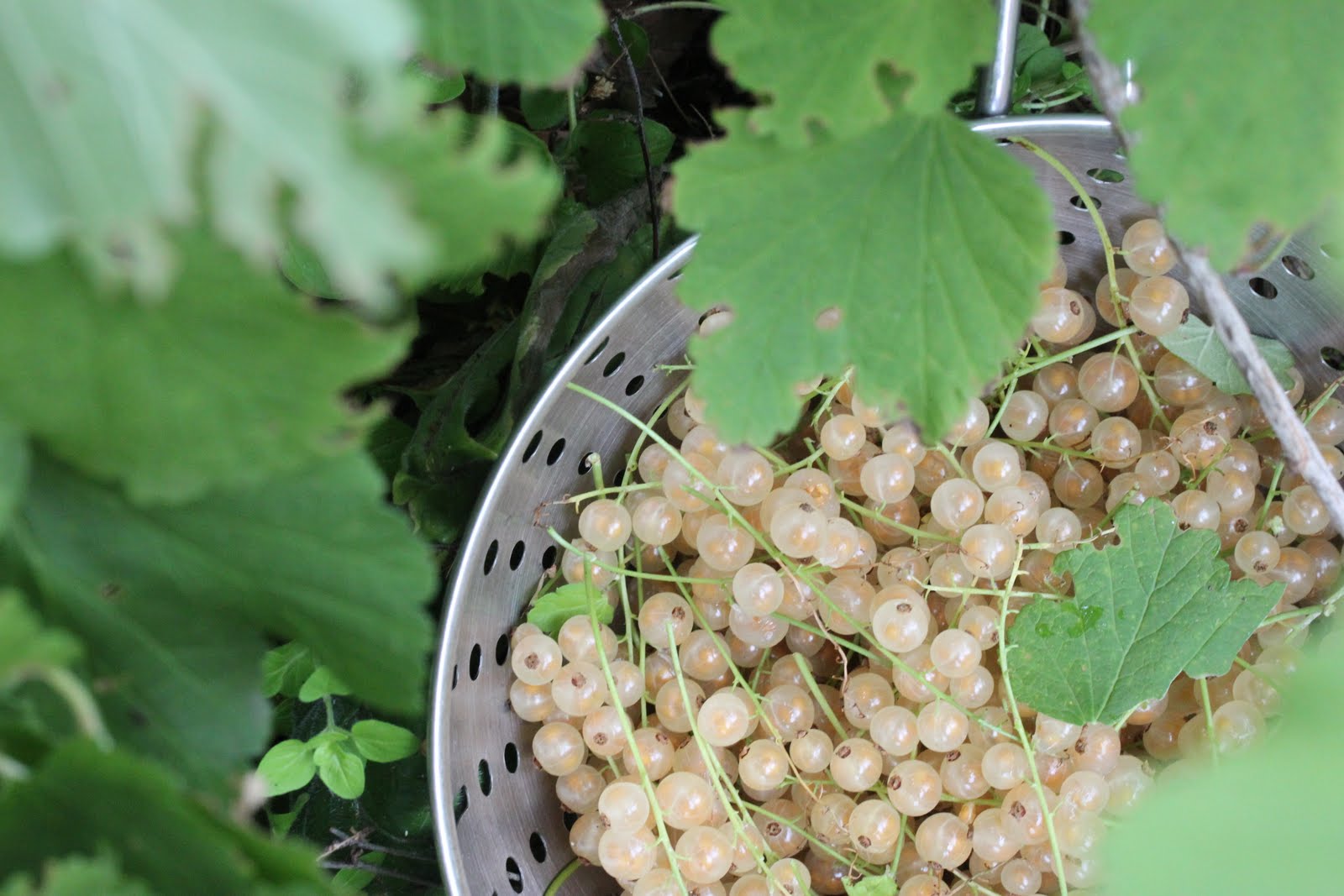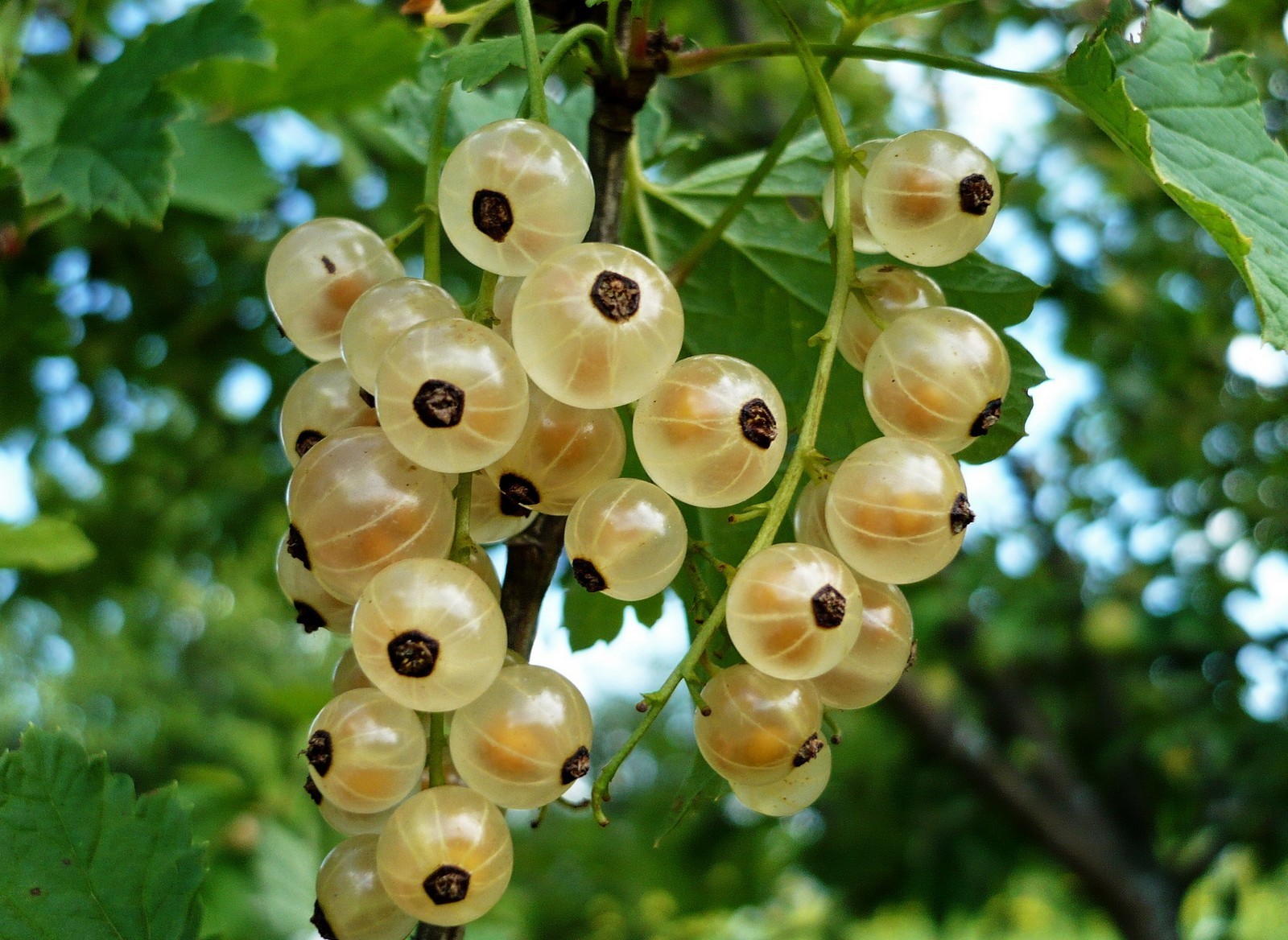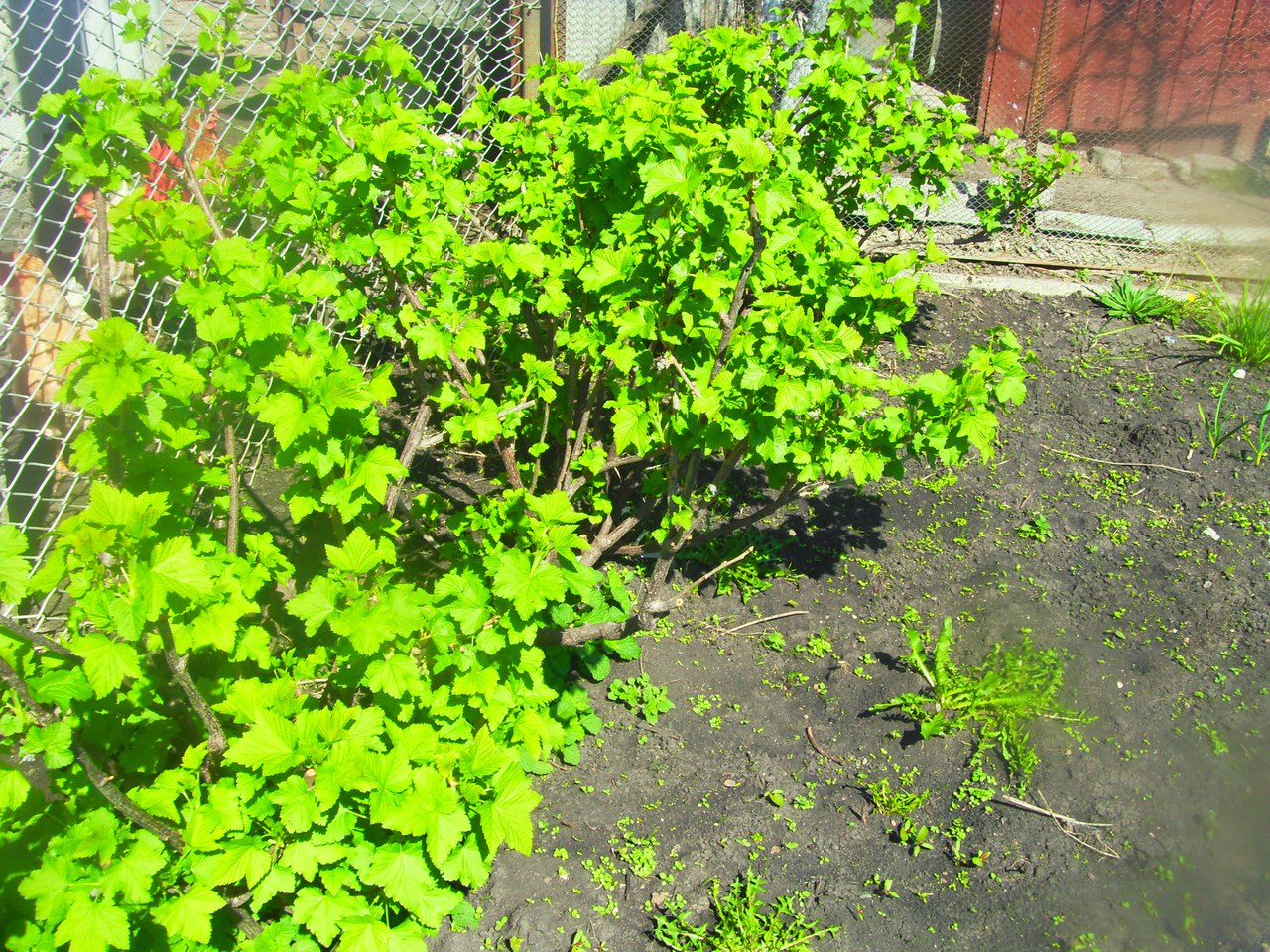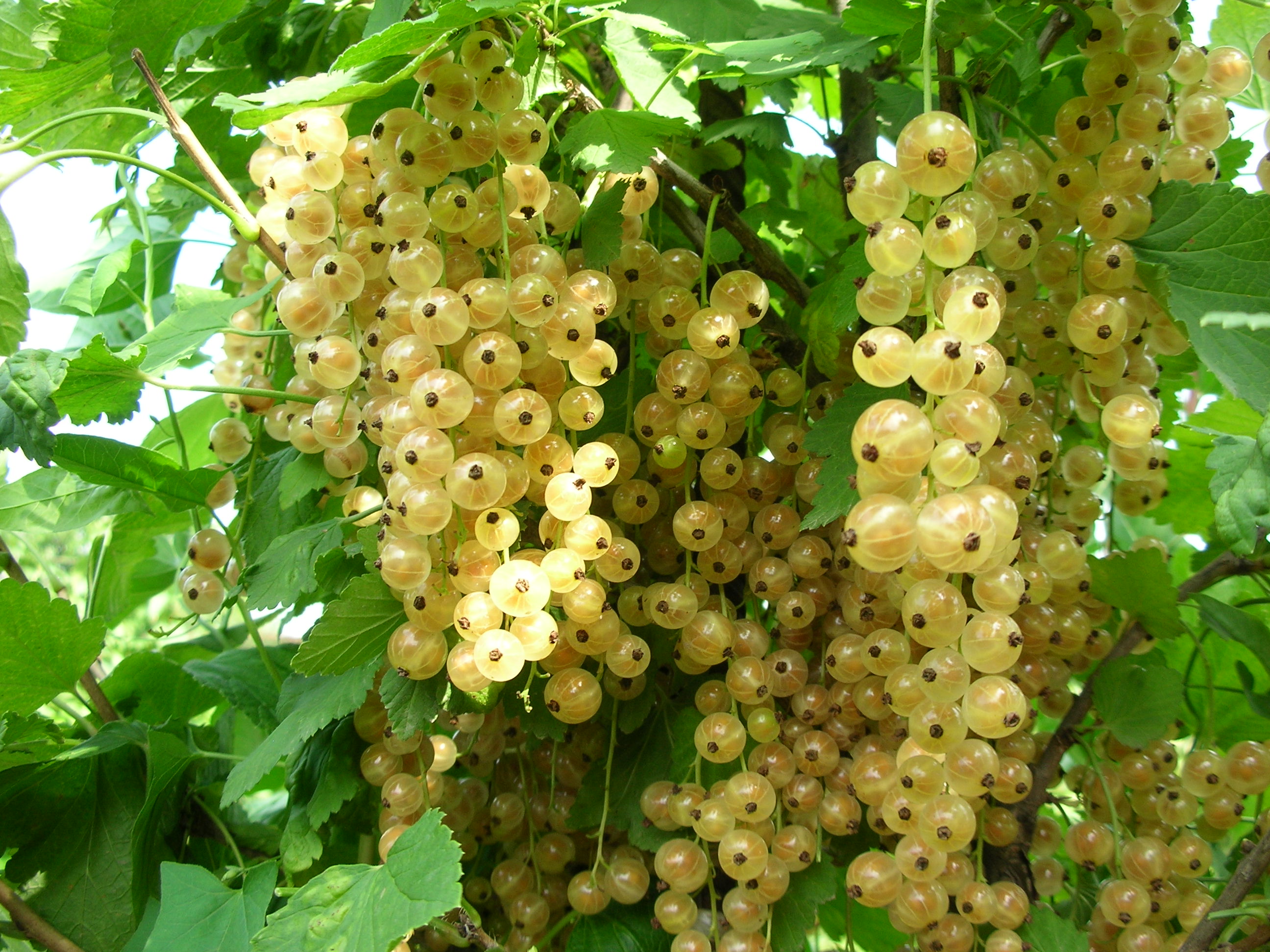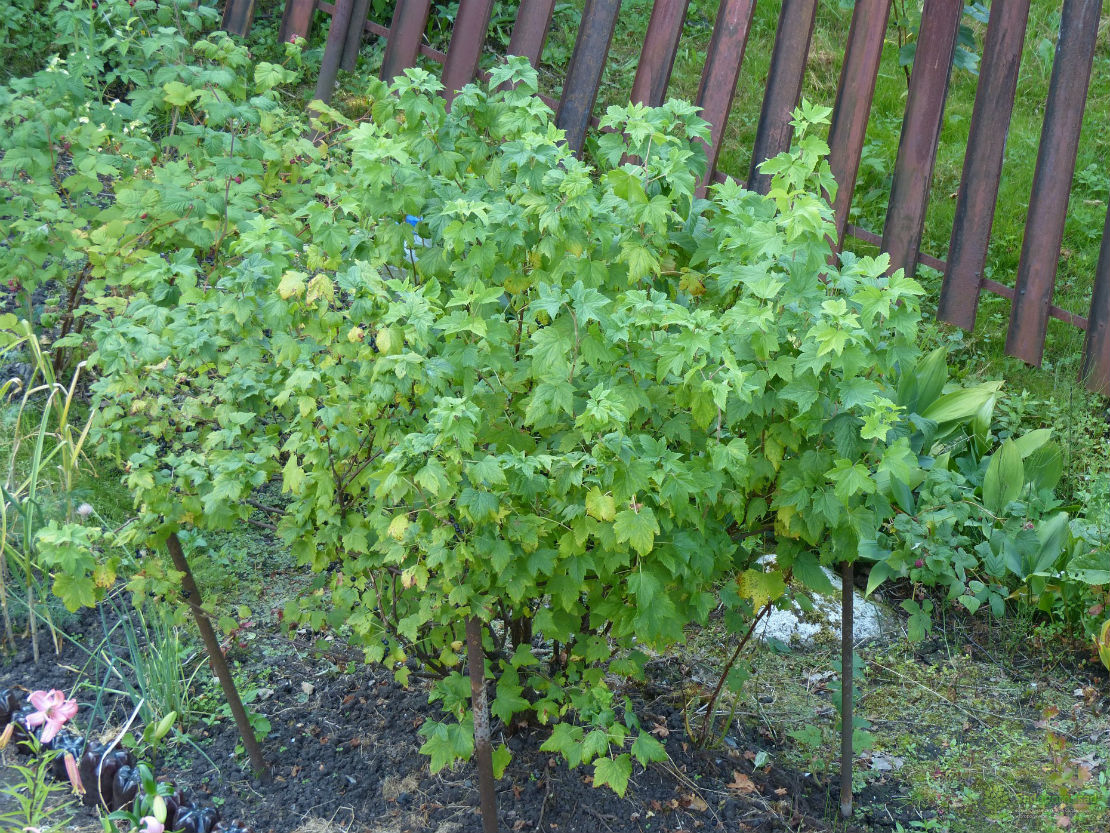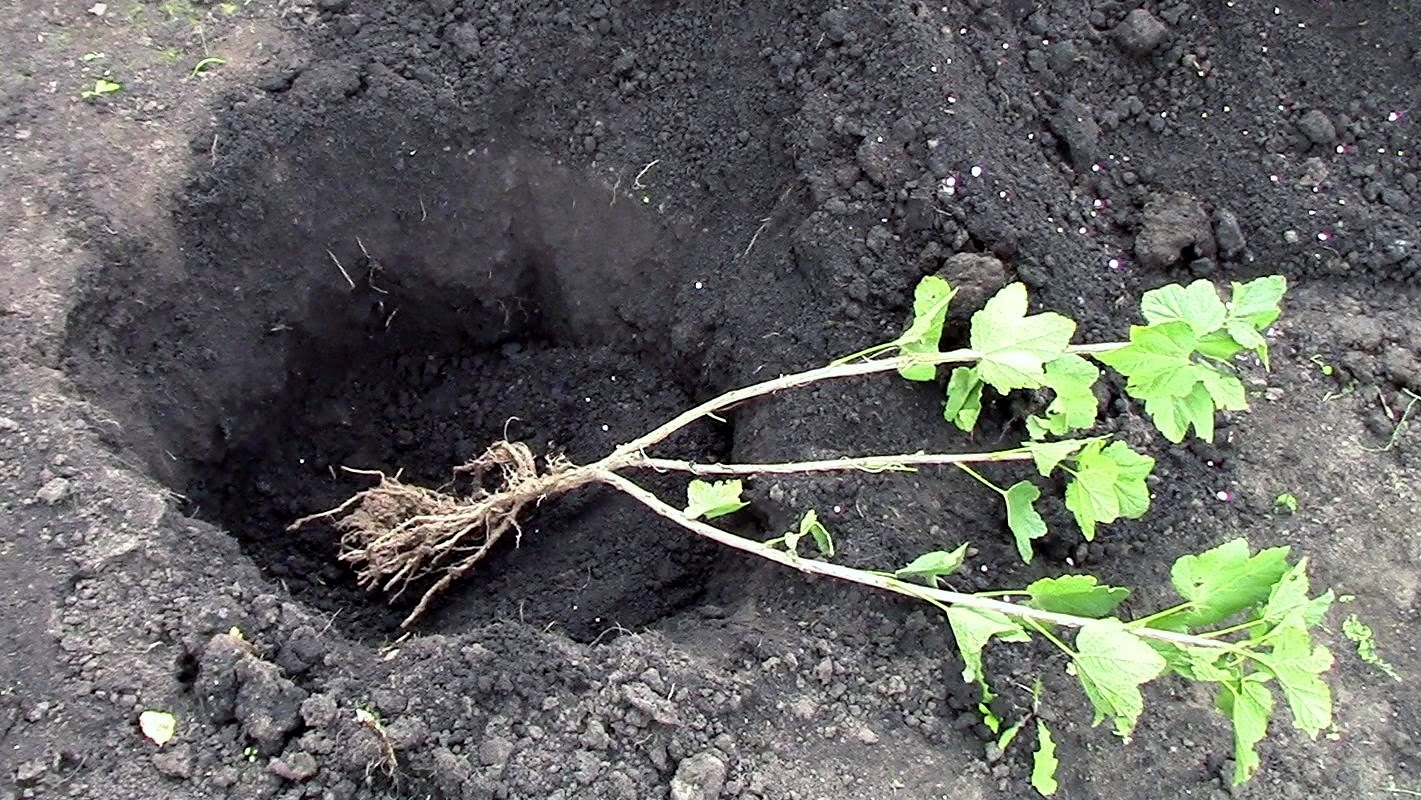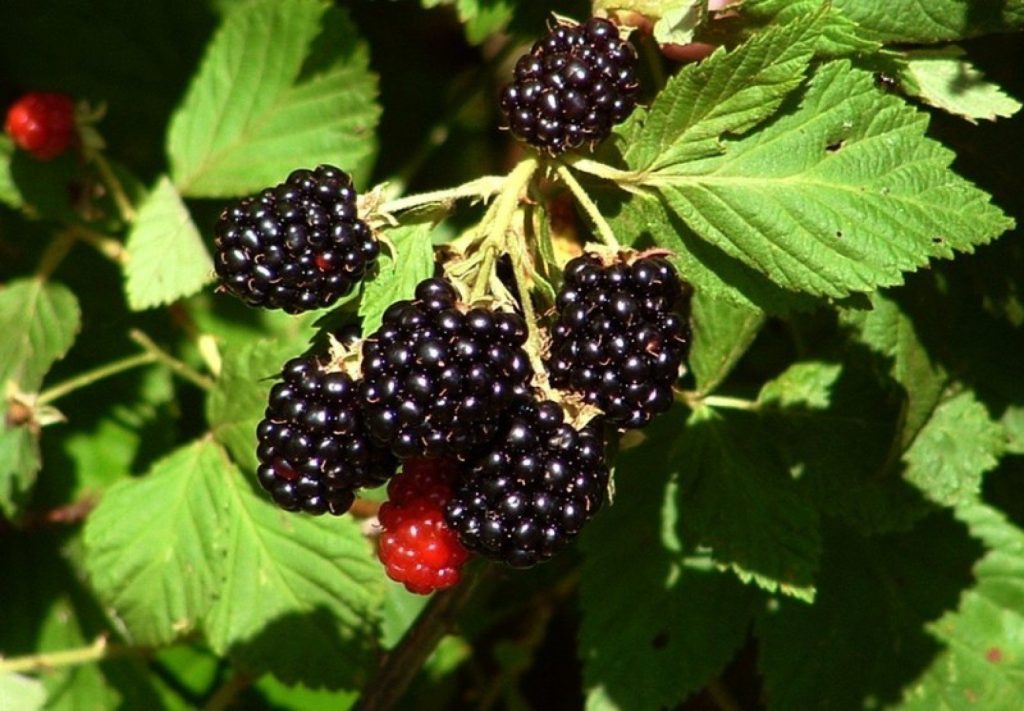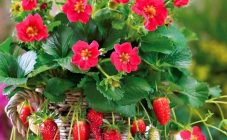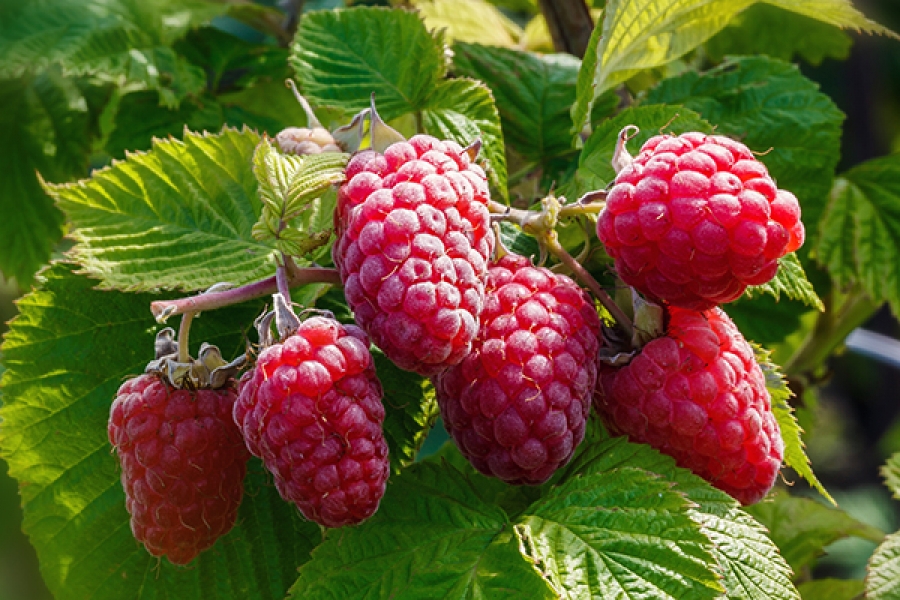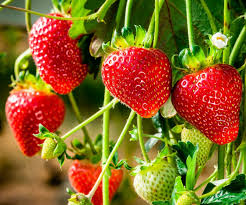Content:
If you are interested in white currant, care and cultivation will have to be mastered in detail, because in this regard the plant has its own characteristics. The fruits contain many vitamins and minerals, thanks to which they are endowed with healing properties. Compact bushes will become a real garden decoration.
The best varieties of white currant
Currant berries can be colored white, red or black. The differences lie not only in the color scheme, but also in the chemical composition. White is more useful for people in old age, as it prevents the development of diseases associated with blood clotting. It contains little ascorbic acid, which is beneficial for people with increased acidic function of the stomach. It remains to choose the most suitable variety for yourself.
Reviews of gardeners indicate that the following varieties of white currant have become the most beloved of all varieties:
- Versailles;
- White Potapenko;
- Belyana;
- Dutch white;
- Primus.
Attention! The Versailles variety exhibits increased resistance to powdery mildew.
Versailles is the most beloved variety with an average ripening period. Small bush, spreading. The berries are large, with high taste. The yield is average, requires shelter for the winter.
Belaya Potapenko is also classified as a representative of mid-season varieties, it is distinguished by good frost resistance and excellent taste. The bush is of medium height, not too sprawling.
The Belyana variety was originally developed for the climatic conditions of Siberia. The currant bushes are compact, the ripening period is average. The berries are very large, ripening is amicable. Shows good resistance to powdery mildew, but is affected by anthracnose.
Dutch white is distinguished by good winter hardiness, large fruits and increased resistance to major diseases. The bush is compact, easy to multiply.
Primus is not only resistant to the main types of diseases, but also has a high yield. This currant was bred in the Czech Republic, frost-resistant, has an average ripening period.
Each variety has certain advantages and disadvantages, so the final choice should be made based on climatic conditions and needs. A white currant seedling of the desired variety is not so easy to get, therefore, you need to responsibly approach the purchase and carefully examine the purchased planting material.
Planting white currants
The instructions for planting white currants are not very different from other varieties. However, it is worth familiarizing yourself with certain features in order to avoid typical mistakes and provide yourself with a crop.
How to choose a seedling
If you managed to get a stalk or seedling of the desired variety of white currant, then you must definitely know how to plant it correctly and what place to choose for this. When purchasing planting material, naturally, it will not be possible to find out its variety and the presence of diseases. But there are things that an experienced gardener will definitely pay attention to:
- root system;
- branching;
- the presence of diseases or dormant parasites.
If there is even the slightest doubt about the quality of the plants being purchased, then you should not plant them in your garden, because there will be a risk of introducing some viral disease on the site and infecting other seedlings. In no case should you trust the sellers' persuasion. You need to rely only on yourself and your inner feeling.
How to choose a landing site
White currants are best planted in a sunny area, protected from wind and draft. The ideal option would be if the groundwater in this place will lie at a depth of 2 meters.
Planting currants is undesirable in low-lying areas, where excess moisture can accumulate in the spring. In this case, the shrub will be covered with lichens and die.
Attention! Currants give the maximum yield if there is a pollinator variety nearby.
Soil preparation and fertilization
You can grow currants on any soil, except for salt marsh and in places with an abundance of moisture. However, if there is a desire to get not only a bountiful harvest, but also healthy currant planting material, then fertile soil is preferred. Shrubs are planted both in autumn and spring. Loamy soil must be thoroughly dug up before planting and all weeds must be removed.
The scheme of planting currant bushes assumes a distance between them of at least 1 meter, otherwise the plants will jam each other. Pits are dug 40 cm deep and 50 cm wide. It is better to prepare them in advance so that the soil has time to settle well. When digging holes, the top layer of soil is laid separately, and the bottom layer is mixed with complex mineral fertilizers.
The currants are planted at an angle of 45 °. This enables the shrub to form a strong root system. It is important not to put too much fertilizer in the hole, as the roots of the plants are easy to burn, which will lead to their death.
Growing and care
Proper care of currants includes not only timely watering and fertilization, but also cutting off the bushes. In general, the procedure is simple and does not take much time, but there are certain features of its implementation.
How to care for the soil
Step-by-step instruction on soil care is not much different from varieties of black or red currants.
With the onset of bud swelling, it is required to periodically irrigate the soil with hot water with a temperature of up to 70 ° C. This will help eliminate pests sleeping in the soil.
If the white currant was planted in the spring, then you do not need to loosen the soil yet. In other cases, the area under the bushes should be weeded, thereby providing oxygen access to the roots. After loosening, the soil is covered with organic material (mulch), which provides not only additional fertilization and protection from pests, but also prevents the growth of weeds and excessive evaporation of moisture. However, if there is a threat of waterlogging or the appearance of fungal diseases, then it is better to open the soil and provide it with good ventilation.
Watering is carried out mainly in hot weather, once a week. In case of strong winds or a drop in temperature, it is better to refuse irrigation so that the root system does not freeze. Expensive feeding or fertilization of the plant is not required. With proper care, the seedling takes root quickly.
Pruning and shaping the bush
Pruning white currants in early spring is a must. Indeed, for each extra branch, the plant spends its vitality and nutrients. Pruning is necessary in order to get rid, first of all, of sick and non-fruiting shoots.
The first pruning of the shrub is carried out immediately after planting on the site. It is necessary to remove the tops from all branches, leaving only 3 buds.In this way, a currant crown will be formed.
White currant, which was planted at least 7 years ago, needs to remove old shoots. In addition, broken, frozen and diseased branches, as well as zero shoots, should be cut off. Ideally, 20 shoots are left on the bushes, no older than 8 years. If you cut the plant correctly, then its crown will develop and form many fruiting branches.
Harvesting
Collect the fruits of white currants on a dry, fine day. This will allow the berries to retain their presentation and taste for a longer time. Tear them off with brushes so as not to wrinkle or damage the skin. Any dish with a wide bottom is suitable for collection.
If you intend to transport currants or use for sale, then the harvest is harvested until it is fully ripe. In a cool and dark room, the shelf life of the berries is significantly extended.
Before being sent for storage, the fruit should be well dried in the open air.
Breeding methods for white currant
Cultivation of white currants is carried out mainly by cuttings. A one-year-old healthy stalk is used for this, about 25-30 cm long. To avoid excessive loss of moisture after cutting, it is dipped in molten paraffin and placed in the refrigerator. In this state, planting material can be stored for quite a long time.
Before planting a young stalk, paraffin is carefully cut off from it. 2 buds are left above the ground, and 4 buds in the soil. Peat or humus is introduced into the soil. Care should be taken to keep moisture in the planting material.
Reproduction of currants is also carried out by horizontal layering. In the first spring month, grooves are made under the plant, the depth of which does not exceed 10 cm. Well-developed and healthy twigs of two years of age are carefully laid there, after which they are attached with brackets and covered with soil in the center.
In the fall, as soon as the shoot has taken root, it is separated from the mother plant and transplanted to a separate place. Those layers that did not have time to form a good root system are left until next year, without separating them from the mother bush.
At home, it is inappropriate to propagate white currants by seeds. The yield is very low in this case, and labor costs will be incredibly high. Gardeners use the simpler and more affordable methods described above.
White currant has a lot of useful properties and excellent taste characteristics. Its composition differs from similar plants with black, red or yellow berries. Because of the acid, red currants are not allowed to be consumed by all people. The shrub of white varieties is unpretentious and does not require special care, therefore even a beginner and inexperienced gardener can grow it on his site.
